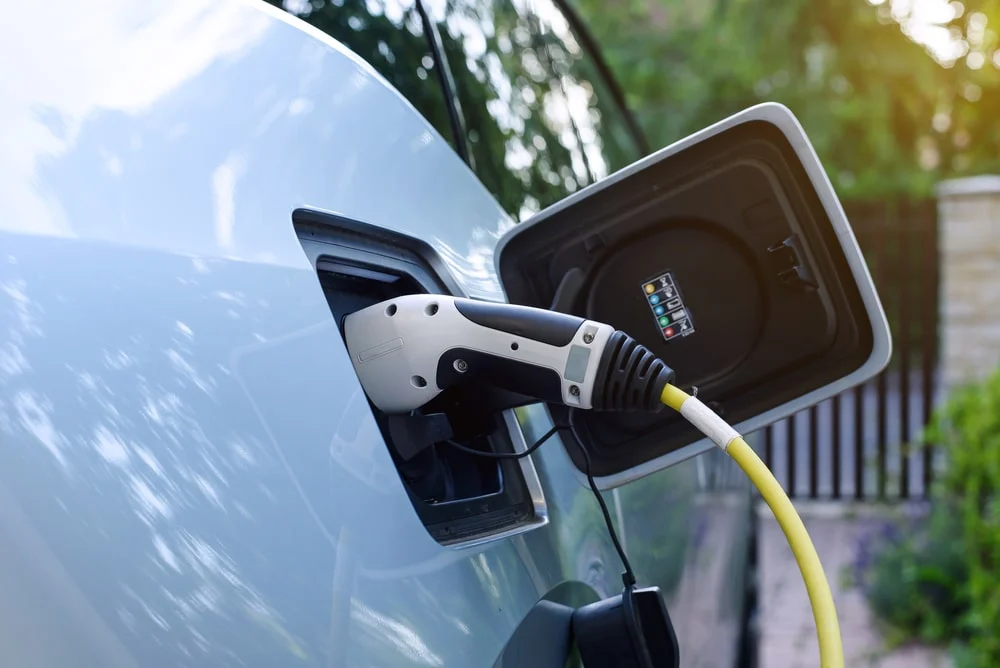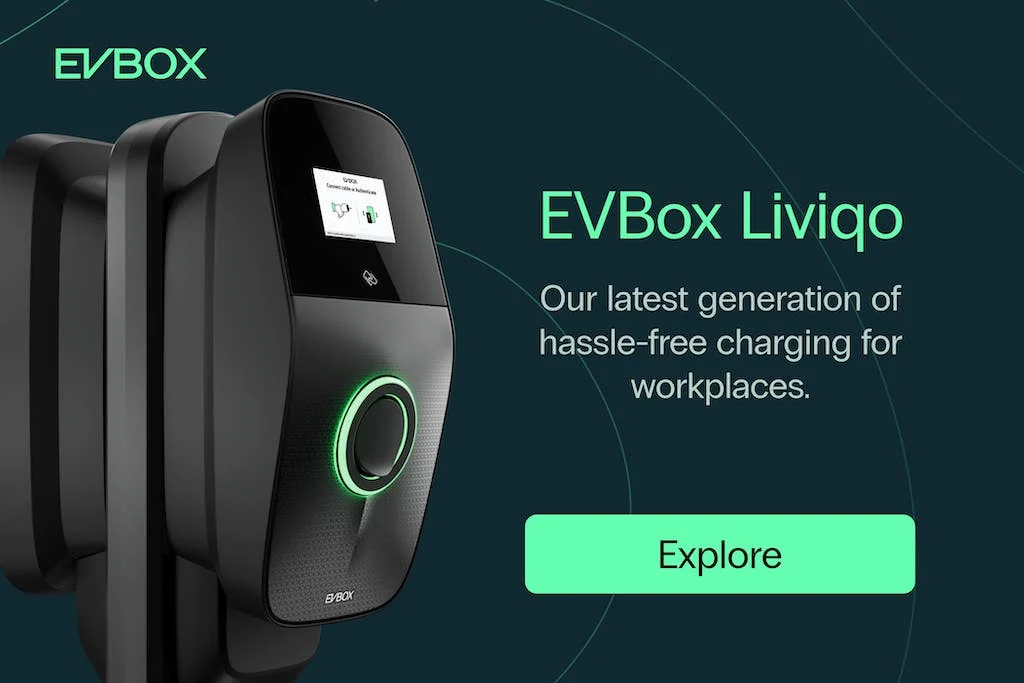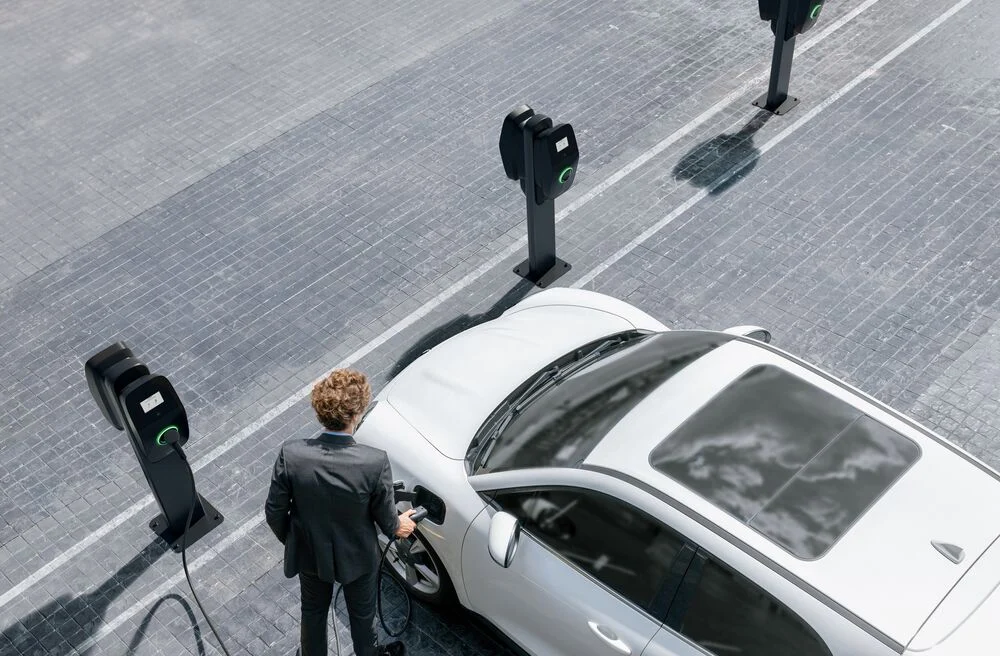The evolving challenges of the modern office
Today’s employees have more freedom than ever before. They're choosing where, when, and how they work, and companies are under increasing pressure to offer more than just competitive salaries and benefits. The modern workforce values flexibility, purpose, and a company's commitment to sustainability.
Since the pandemic, retaining talent and encouraging employees to return to the office has been a major challenge. Many employees have grown accustomed to remote work and are reluctant to go back unless there’s a compelling reason. This shift has forced companies to rethink what makes an office attractive and valuable.

Employee expectations around climate action have also risen sharply. According to Gallup, 71% of employees consider a company's environmental impact when deciding whether to join or stay. And when employees feel their employer is making a real difference, they’re more likely to remain loyal and engaged.
Meanwhile, the adoption of electric vehicles is growing rapidly. With EVs expected to make up 80% of the global market by 2050, the demand for charging infrastructure is surging. But the supply hasn’t kept up, creating a gap that workplaces can help fill.

Workplace charging is especially important for those without home charging options. Employees can charge slowly over the day at low power, making it a convenient and cost-effective solution.
In this article, we’ll take a closer look at how the modern office is becoming more sustainable, why EV charging is emerging as a key employee benefit, and how it supports broader corporate sustainability goals.
More sustainable office buildings
Sustainability is no longer just a buzzword—it’s a core expectation for many employees. A recent survey found that 70% of millennials would prefer to work at a company with a strong sustainability agenda, and 75% would even accept a lower salary for that privilege.

To meet these expectations, companies are rethinking their approach to office design and operations. Sustainable buildings are no longer just about energy efficiency—they now include principles like circular economy, biodiversity, and smart technologies that enhance both environmental and employee well-being.
Certifications such as BREEAM and LEED serve as proof of a company’s commitment to sustainability. For example, Deloitte’s Amsterdam office, known as “The Edge,†is energy-positive and uses rainwater for toilets and gardens. It holds the highest BREEAM score ever awarded to an office building.
But sustainability isn’t just about the building itself. Modern offices are also focusing on indoor environments—using natural lighting, improving ventilation, and incorporating green spaces to create healthier and more productive workspaces.
These efforts not only benefit the environment but also improve employee satisfaction and productivity. In a post-pandemic world, where remote work is still prevalent, EV charging can be a powerful tool to bring people back to the office while supporting broader sustainability goals.
Bring your employees back to the office
While remote work has become the norm for many, the office is still a vital part of the work experience. However, employees are less willing to commute long distances if the office doesn’t offer value beyond just a desk.

A 2023 report by the European Central Bank found that one-third of employees still prefer more remote work. The main issue? Commuting. Workers who spend over an hour commuting each way often want to work from home 10 days a month, compared to just 6 days for those with shorter commutes.
While we can’t eliminate all the stress of commuting, we can make it more bearable. Offering EV charging at the office gives employees a reason to drive in and provides them with a convenient way to recharge their cars during the workday.
By installing EV charging stations, you give your employees the option to charge their vehicles at work or even encourage them to switch to electric. You could offer free or discounted rates to make it even more appealing.
Even if they still face traffic or other challenges, having access to a charging station makes the commute feel more manageable—and that’s something employees will appreciate.
More employees will start driving electric vehicles

Even if you haven’t made the switch yourself, your employees might be. Electric vehicle adoption is rising rapidly across Europe and North America. According to EY, EVs are expected to make up 65% of the U.S. market by 2050, up from just 2% in 2020.
This growth is driven by falling battery prices, improved range, lower maintenance costs, and government incentives. As a result, more employees are either considering or already driving electric vehicles.
And the typical EV driver is often a full-time worker with higher education and a median income of $150,000. Notably, one in three is under 35—a demographic that represents the top talent companies are actively seeking.
So, if your business is trying to attract and retain top talent, offering EV charging could be a strategic advantage.
EV chargers can attract and retain top talent

In today’s competitive job market, being environmentally responsible can be a major differentiator. Employees are looking for companies that align with their values, and offering EV charging is a tangible way to show that commitment.
Public EV charging infrastructure is still lagging behind the number of EVs on the road. Many employees don’t have access to home charging, so workplaces can become a crucial part of their daily routine.
Charging at work is convenient—just plug in when you arrive and leave with a fully charged car. It eliminates the worry of running out of power on the way home and reduces the need to search for public charging stations.
By offering this benefit, you’re enhancing your employee value proposition (EVP), boosting morale, and showing that your company is committed to sustainability.

Businesses are electrifying their fleet
Corporate fleets are playing a big role in the transition to electric mobility. In Europe, nearly two-thirds of new cars are purchased by private companies, giving them significant influence over the EV market.

According to EY, fleet electrification will be a key driver in reducing carbon emissions from transportation. Companies like Amazon, Walmart, and General Motors are already making big commitments to electric vehicles.
As more employees experience electric vehicles through their company’s fleet, it will shape their expectations and preferences. By adopting EVs early, businesses are helping to drive down costs and make electric vehicles more accessible to everyone.
But for this transition to succeed, charging infrastructure must keep pace. McKinsey estimates that Europe needs 3.4 million charging stations by 2030 to support its fully electrified fleet.
EV chargers help increase the office’s reputation

Whether you're an office owner, a real estate agent, or a facility manager, EV charging can enhance your office’s appeal. Charging stations are visible and noticeable, making them a clear indicator of your company’s commitment to sustainability.
Many people care about reducing CO2 emissions, and 88% of customers want organizations to help improve their environmental and social impact. This means your office’s reputation is increasingly tied to its sustainability efforts.
Offering EV charging shows that your company is taking real action. While certifications like LEED or BREEAM are important, they’re not always visible to the public. EV charging, on the other hand, is hard to miss and speaks directly to your values.
EV chargers can increase revenue for your facility
For forward-thinking businesses, EV charging isn’t just about sustainability—it’s also a potential revenue stream. Many real estate companies are turning to EV charging as a new source of income.

With the right strategy, you can set pricing models that suit different user groups. Some businesses offer free charging for employees, while others charge visitors or customers. This flexibility can help you maximize returns while still supporting sustainability goals.
Additionally, EV charging stations can improve your visibility on maps like Google Maps or Waze. This can attract new customers and increase foot traffic to your location.
As the Future Workplaces Report 2022 states, "Clear leadership and collaboration seem key to ensuring we do our part in tackling the net-zero carbon challenge." Every business has a role to play in shaping a more sustainable future.
Read more about workplace EV charging
The benefits of equipping your workplace with EV charging stations and offering electric company cars are numerous. But did you know that EV charging can also be a powerful marketing tool? Discover how it goes beyond improving employee satisfaction and can help grow your business with our free guide.









